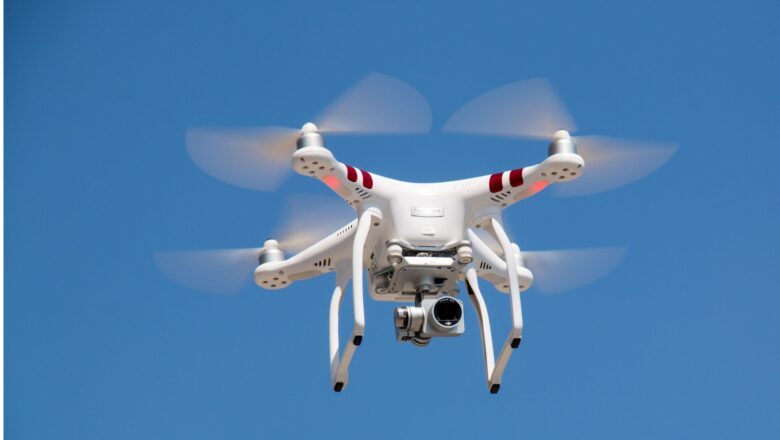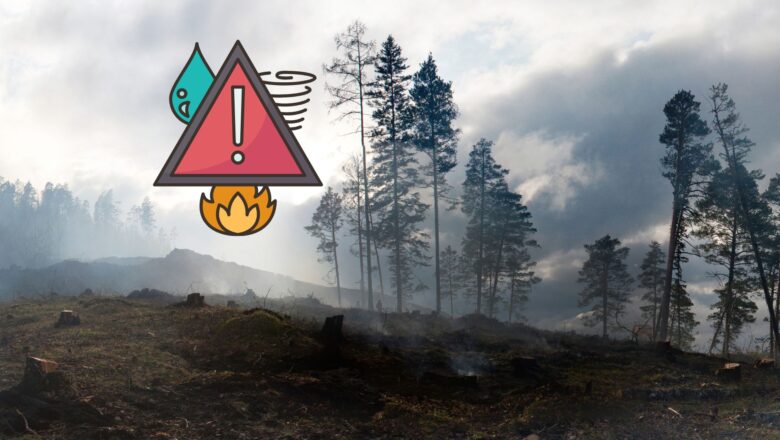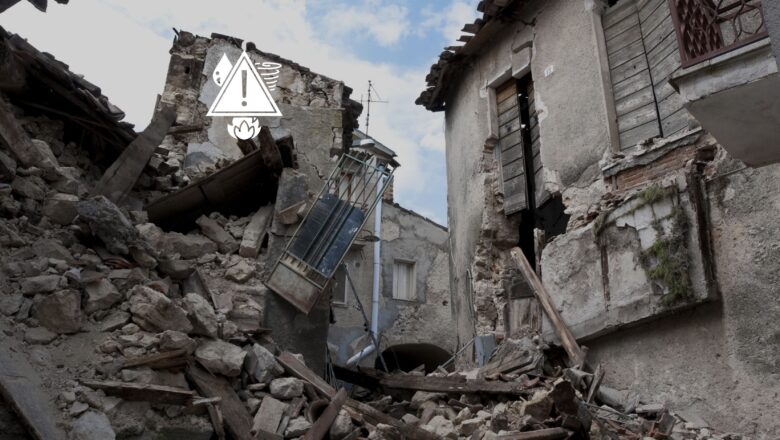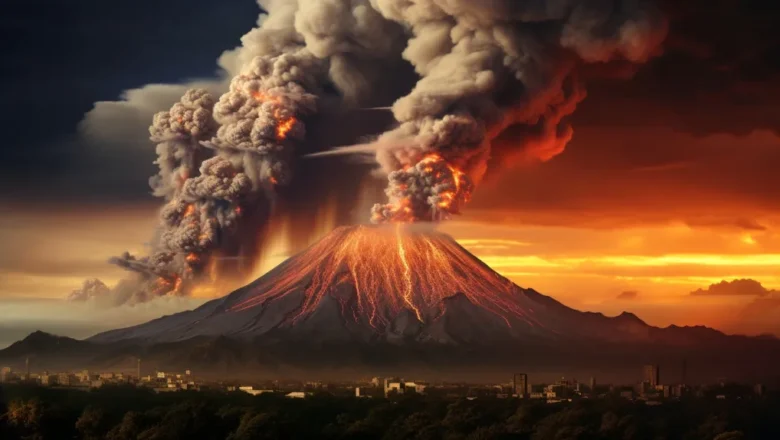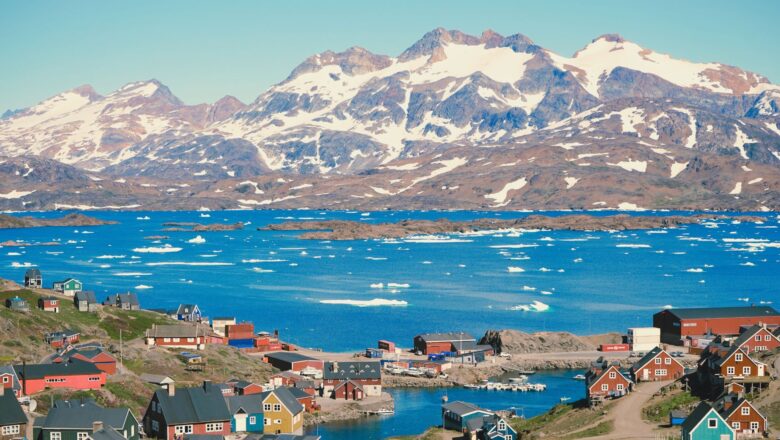
Greenland’s Lakes Transform from Carbon Sinks to Sources Due to Extreme Climate Events
A new study has revealed alarming changes in over 7,500 lakes in western Greenland, which have shifted from being carbon sinks to carbon sources due to extreme climatic conditions. The research, published in the Proceedings of the National Academy of Sciences (PNAS), highlights the profound ecological transformation of these vital ecosystems caused by atmospheric rivers (ARs) and other climate extremes in recent years.
In September 2022, a series of atmospheric rivers long, narrow regions in the atmosphere that carry large amounts of water vapor struck western Greenland, causing record-breaking heat followed by rains. These events significantly altered the physical, chemical, and biological characteristics of the region’s lakes. In addition, the impact of Hurricane Fiona further raised ...



